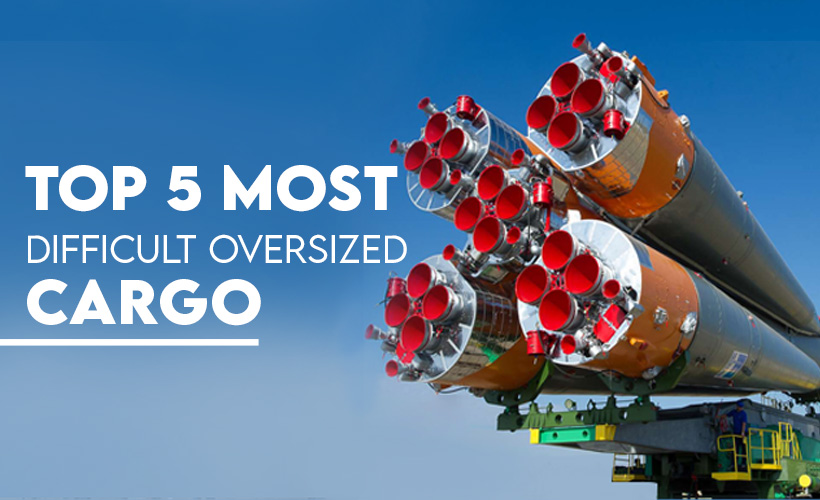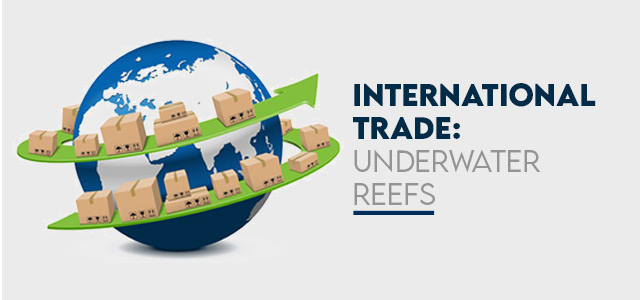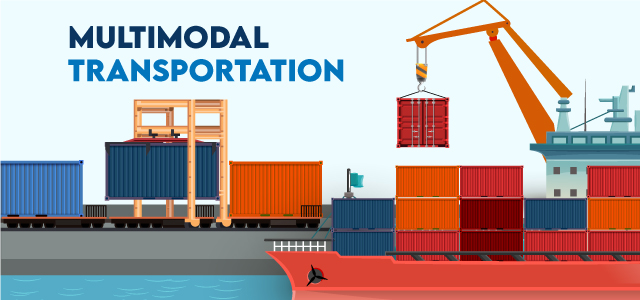Top 5 Most Difficult Oversized Cargo

Oversized cargo is cargo which dimensions exceed the standards established during transportation. For this reason, the transportation of such goods is a complex task, which can only be solved by an integrated approach of specialists.
In this article we will talk about the top 5 most difficult to transport oversized cargo.
5. Residential houses and historical buildings
Transportation in this category is required for many reasons. It can be a natural disaster, moving to a new place, or preserving an architectural monument. Transportation of finished structures is carried out as a whole or disassembled by trawl. For some countries, take, for example, the United States, the transportation of houses is a common thing, for which its own mechanism has already been worked out, and this is a rather profitable business. Transportation of historical buildings is also not uncommon. One recent case is the relocation of the lighthouse Rubjerg Knude (1899) in Denmark, which was threatened with collapse due to soil erosion.
4. Equipment for the oil and gas industry
When transporting oil and gas equipment, it is necessary to take into account not only the oversized cargo and heavy weight. Often this kind of equipment contains fragile parts such as electronic devices, sensors, monitors, and other built-in mechanisms. Improper transportation can cause damage to these parts, which will eventually lead to the failure of the entire equipment. Therefore, it is necessary to strictly control both the transport vehicle itself and the roadbed along the route, cargo securing, and even the professional qualities of the driver himself. In the international experience of deliveries of oil and gas equipment, a successful example is the transportation of reactors for the Achinsk refinery by the carrier Spetstyazhavtotrans in 2013. The parties to the order were nominated for the Guinness Book of Records: the Book's editor-in-chief set a record for the heaviest cargo (1,306 tons) transported by road over the longest distance on land (203 km).
3. Heavy industrial equipment for refineries and steel mills
Heavy industrial equipment is a special case in logistics, since neither the weight, sometimes reaching hundreds of tons, nor the size and constitution meet the standards. These loads cannot be handled by an ordinary trailer truck. In such "oversized" cases, specialists use multi-support platforms - small multi-wheel modules on solid tires. By docking with each other, these elements can form a special trailer of any width and length (in theory). Of course, with such a load, transport will not be able to go fast: in some sections of the route, the speed does not exceed walking speed. To prevent overheating, such designs provide for the presence of a powerful cooling system in the transmission.
2. Transportation of rockets
The most complex maintenance equipment of huge dimensions was necessary for the Scalpel rockets: the weight of the special container in which it was transported (25 tons) was added to the dead weight of the rocket (104 tons) to maintain the desired microclimate. In addition to everything else, it was necessary to comply with difficult safety conditions, because the rocket was transported in a refueled state in a special isothermal car made to fit its dimensions.
1. Super tractors
The first place in our rating is occupied by unique transportation, which took place in the summer of 1996. A certain commercial company purchased a 40-meter pleasure boat weighing 88 tons, from which they planned to make a floating restaurant on Naroch. But here's the bad luck: the boat is on the Berezina, and it does not connect with Lake Naroch in any way. Future restaurateurs managed to agree on the implementation of the transportation of this boat by tractor-transporters MAZ-7907, although initially they were supposed to transport intercontinental missiles. The speed of the conveyor was approximately 5-10 km/h. The journey of 200 km covered almost five days. We added this transportation to the top list due to the uniqueness of the idea: at that time there was no such equipment anywhere in the world, and the creativity of engineers and non-standard thinking together led to such an unusual solution.
As Alliance Logistics, we have extensive experience in the transportation of oversized cargo and provide reliable services in this field.















